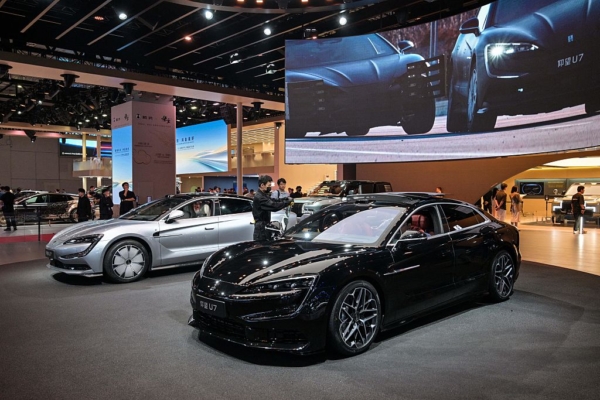According to the latest industry report for the first half of 2025, Chinese car dealers are facing an unprecedented crisis with a staggering 52.6% of them operating at a loss. Faced with intense market competition, dealers are forced to prioritize quantity over price, leading to a severe price inversion in new car sales and creating a vicious cycle of “selling more but losing more.”
The survey report released by the China Automobile Dealers Association on August 18, 2025, reveals that a significant 52.6% of Chinese car dealers incurred losses in the first half of the year, with only 17.5% breaking even and a mere 29.9% making profits.
Due to cutthroat market competition, manufacturers and dealers are engaged in price wars, exacerbating the price inversion phenomenon, resulting in a situation where “increasing sales volume does not increase revenue, and increasing revenue does not increase profit.” The data from the report shows that a striking 74.4% of dealers are experiencing varying degrees of price inversion, with 43.6% of them reporting inversion levels exceeding 15%.
Analyzing the profit structure, it is evident that new car sales have become a major area of loss for dealers. The contribution margin from new car sales stands at a staggering -22.3%.
Different types of brands exhibit distinct operational trends. Traditional fossil fuel car brand dealerships have a profit share of only 25.6% and a high loss rate of 58.6%. In contrast, dealerships of new energy independent brands perform relatively better with a profit share of 42.9%.
The survey data further indicates that after-sales services have become the last line of defense for dealers to sustain their survival. The gross profit contributions from new car after-sales services and financial insurance businesses are 63.8% and 36.2%, respectively.
The escalating price wars pose significant systemic risks to the entire automotive distribution industry. In May this year, Jinan Central, a core dealer for BYD in Shandong, suffered a financial breakdown, sending shockwaves across the automotive industry.
According to reports, Jinan Central Group was a key dealer for BYD, with over twenty 4S stores in Shandong and an annual turnover exceeding 3 billion yuan. Responding to the reasons behind the financial crisis, Jinan Central attributed it to the severe cash flow strain resulting from frequent policy adjustments by BYD. On the other hand, BYD claimed that Jinan Central’s financial turmoil stemmed from its aggressive strategy of blind expansion and high leverage operation.
In an unprecedented move, the four major automobile dealers’ associations in the Yangtze River Delta jointly issued an open letter to manufacturers, urging them to address and effectively improve the survival predicament of dealers. The associations highlighted four major critical issues plaguing the industry: serious imbalance in target setting, distorted rebate systems, comprehensive collapse of pricing systems, and damage to ancillary service systems.
Lang Xuehong, the Deputy Secretary-General of the China Automobile Dealers Association, recently told mainland media that dealers of traditional fossil fuel brands have been severely affected by price inversion, leading to an avalanche of losses in new car sales. Despite relatively better conditions for dealers of new energy brands, they still face structural ailments such as lower after-sales value and prolonged investment return cycles.

